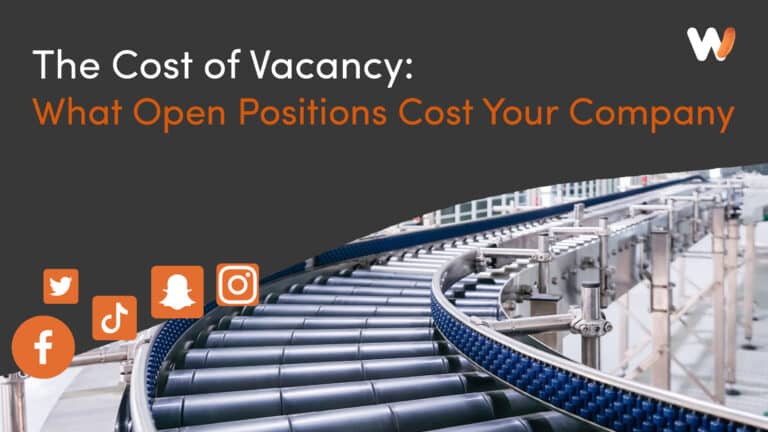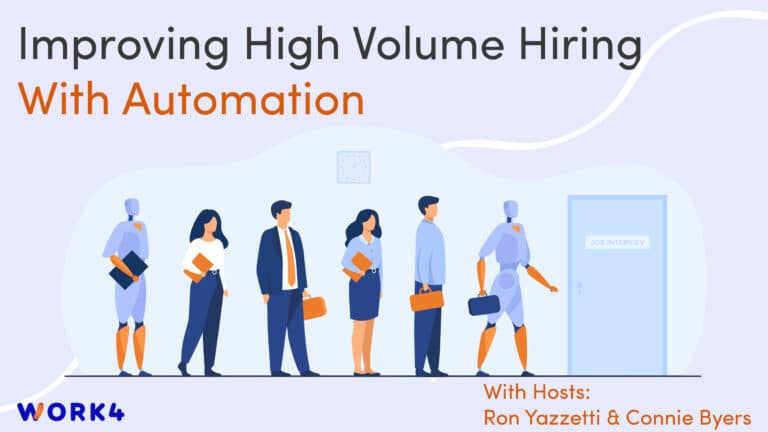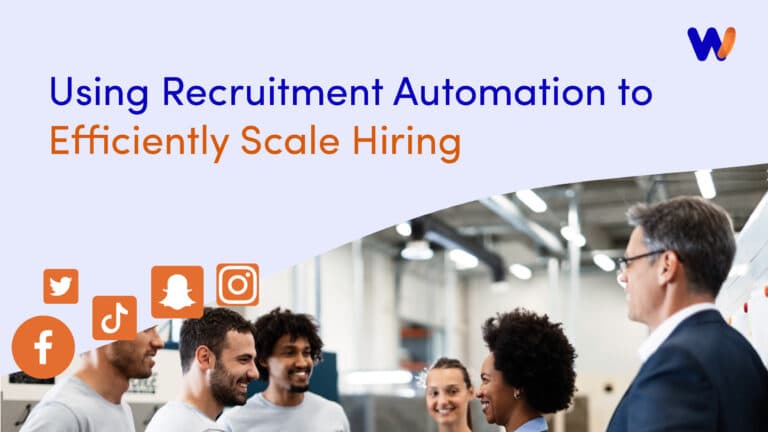Attracting talent from the modern workforce is a game with fierce competition. As the multigenerational workforce evolves and continues to tip toward younger generations, employers are starting to realize that previously successful recruiting strategies are becoming obsolete. So how do you attract and retain quality candidates in a way that appeals to the behaviors and expectations of both new and seasoned job seekers? It starts with building a strong employer brand.
If you’re eager to start employer branding for your company, but find yourself struggling to kickstart your activities, read on to learn the steps to take to make the process of kickstarting your employer branding efforts as smooth as possible.
What is an Employer Brand?
The CIPD defines it as “a set of attributes and qualities, often intangible, that makes an organization distinctive, promises a particular kind of employment experience, and appeals to those people who will thrive and perform best in its culture.” In short, an employer brand is an organization’s reputation as an employer, and it consists of two parts: a company’s identity and its reputation. The identity of your brand is comprised of your company’s mission, values, and culture. Your brand’s reputation is how others perceive your brand, it includes your company history, leaders, and products. But it also includes your employees, and more specifically, how you do or don’t value them.
Why is an Employer Branding Important?
Employer branding is important because it helps companies attract, recruit and retain top talent by showing both potential candidates and existing employees that they are a desirable place to work. In the field of modern talent acquisition, candidates search for jobs in a manner very similar to the way consumers search for products. They do their research to determine which brands align with their values, have the best reputation, offer the most benefits, and highest pay structures, or have the best reviews. To truly highlight the importance of employer branding, let’s look at some stats:
- 69 percent of job seekers wouldn’t be willing to accept a job with a company that has a bad reputation. That means even the fear of unemployment isn’t enough to overcome a negative employer brand.
- 75 percent of job seekers research a company’s reputation and employer brand before they apply for an open position. That means a large majority of top candidates may never consider your company as an employer if your employer brand is poor.
- 84 percent of employees would consider leaving their current job if presented with an offer from a company with a better reputation. That means without a good employer brand you could easily lose the top talent you already have.
It only takes one look at the above stats to see that if you want to outperform the competition, a strong employer brand should be the backbone of your recruiting strategy. Now, let’s take a look at the steps to building a strong employer brand.
#1 Understand How Your Brand is Perceived
Before you can kick off your employer branding efforts, it’s essential to analyze the current perception of your company. The first step in this process is to check sites like Glassdoor to see what reviews have been left of your company. If you’re finding negative reviews, don’t panic. These are opportunities to turn a negative into a positive by leaving a personalized, empathetic response that shows your company is committed to creating a positive workplace.
62% of job seekers say their opinion of a company improved after seeing how they responded to a negative review. Furthermore, a negative reputation can cost a company at least 10% more per hire according to Harvard Business Review.
The second step in your analysis should be to survey your existing employees to see what their perception of you as an employer is. Only when you know the current perception of your organization can you begin to think about what and where you would like to be in the future.
#2 Decide What You Can Improve
After you analyze the current perception of your company, you can start focusing on what is that you want to keep (the things you’re doing right) and what should be changed (your areas of opportunity). Ultimately, no matter what issues you encounter after analyzing the current situation at your company, they will all help you map out the direction you would like to take for the future.
Do you want to build a brand known for internal growth? Or maybe you want to attract top talent by offering a friendly environment, or unique benefits? In the end, it’s up to you. Create an action plan and start striving for positive change.
#3 Define Your Mission
The next step is to define your company’s mission, in order to communicate to employees where the organization is heading, what it aims to achieve, and how you plan to achieve it. All of your existing employees should be working to support your company’s mission, and it should become the guide for all decisions made within your organization. When attracting new employees, having a clearly defined mission to work towards allows candidates to easily decide whether or not they want to be a part of that journey.
#4 Think Through Your Employee Value Proposition
An employee value proposition or EVP defines the core rewards and benefits that employees receive in return for their performance at the workplace. You can think of it as a promise between an employer and a potential applicant. It should outline what makes your organization unique as well as what your company and culture offer them, in exchange for their talent, skills, and experience. Your EVP goes hand in hand with employer branding. There is no way to build a strong employer branding strategy without a clearly defined EVP.
Setting up a transparent and truthful EVP will help your company stand out from the crowd of competitors and let your future employees precisely know what they can expect from working at your organization.
#5 Mobilize Your Employee Advocates
One of the best, and fastest ways to build your employer brand and promote your EVP is by using employee advocacy programs (like the ones offered by Work4) to turn your existing workforce into recruiting advocates. Studies show that employee voice is seen as 3x more credible than the corporate messaging when it comes to talking about working conditions in that company.
Fill Your Talent Pipeline With a Winning Employer Brand
Your organization’s employer brand can’t be an afterthought, and strengthening your employer brand is not something that can be achieved overnight. Nor is it something that can be done once and then forgotten about. It’s an ongoing process that needs constant monitoring and adjustment to make sure it’s delivering the desired results for your business’s recruitment efforts.
Furthermore, research suggests that a proactive employer branding strategy can not only reduce your cost-per-hire but can also yield as much as 50% more qualified applicants and potentially reduce turnover by as much as 28%.
If you’re ready to launch your employer branding efforts contact us today to see how we can help make your strategy a success.








